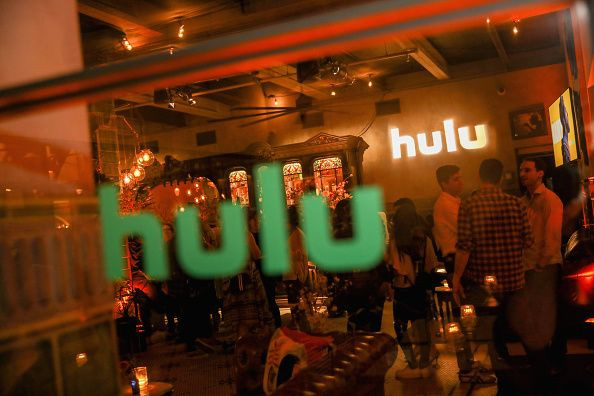Hulu Is Rapidly Becoming A Force In Pay-TV

Hulu launched its live TV service just over two years ago, but it's already grown into one of the bigger pay-TV services in the United States. It's certainly noAT&T (NYSE:T), Comcast (NASDAQ:CMCSA), Charter, or Dish Network, but unlike all four of those providers, Hulu is actually growing its subscriber base.
Hulu ended the second quarter with about 2.4 million Hulu + Live TV subscribers, according to an estimate from MoffettNathanson. That's up 300,000 from the analysts' previous estimate at the end of the first quarter. That puts its subscriber base about even with Dish's Sling TV, which added just 48,000 subscribers last quarter, and well ahead of AT&T's streaming television service, which ended Q2 with 1.3 million subscribers.
If Hulu + Live TV continues to gain ground at this pace, it won't be very long before its subscriber base surpasses some of the smaller pay-TV providers including Cox, Altice, and Verizon. That could be a major boon for Disney(NYSE:DIS) investors.
Vertical integration
One of the rationales behind last year's megamerger of AT&T and Time Warner was that AT&T could benefit from the vertical integration of owning both content and distribution. AT&T is the largest pay-TV distributor in the country, and it's able to practically guarantee a buyer for Time Warner's content. In today's environment, where cord-cutting is slicing into cable networks' profits, that's particularly valuable when it comes to negotiating rates with other distributors.
Likewise, Disney become even more invested in the pay-TV market when it acquired Twenty-First Century Fox. The media networks segment already accounted for over 40% of the company's revenue and operating profit last year, and its operating profits accounted for more than 50% of the total in the first full quarter after the deal closed.
As Hulu + Live TV grows to be a force in the pay-TV industry, it will give Disney additional leverage when negotiating contracts with other distributors. That's on top of the strength it already has from owning some of the most popular cable networks, such as ESPN and FX.
The big advertising opportunity
The growth of Hulu + Live TV also presents a major advertising opportunity for Disney. Now that it has operational control of Hulu, it can integrate the service's advertising inventory into its ad sales. That includes the ad inventory Hulu gets as a distributor as well as the ads controlled by its cable networks distributed through Hulu.
Integrating Hulu with Disney's ad sales team will enable the digital streamer to grow its advertiser base. CEO Randy Freer expects active advertisers to grow from 2,500 to over 10,000 in just a few years.
Selling ads across Disney's properties will enable Hulu + Live TV to punch above its weight class when filling its own ad inventory for live TV. For reference, Comcast's 22 million video subscribers generated about $600 million in ad revenue for the cable division last quarter. AT&T's Xandr advertising business generated just $485 million.
Hulu has a $1.5 billion ad business -- about $375 million per quarter -- but that stems mostly from its ad-supported on-demand service. Even though Comcast and AT&T have 10 times as many video customers as Hulu + Live TV has subscribers, it should be able to generate more than 10% in ad sales following the integration with Disney's ad sales team. That could mean hundreds of millions in additional profit per year.
Disney has a lot to gain from the emergence of Hulu as a major pay-TV distributor, both from its media networks affiliate fee revenue and its advertising business.
This article originally appeared in the Motley Fool.
Adam Levy owns shares of Walt Disney. The Motley Fool owns shares of and recommends Walt Disney. The Motley Fool has the following options: long January 2021 $60 calls on Walt Disney and short October 2019 $125 calls on Walt Disney. The Motley Fool recommends Comcast and Verizon Communications. The Motley Fool has a disclosure policy.




















